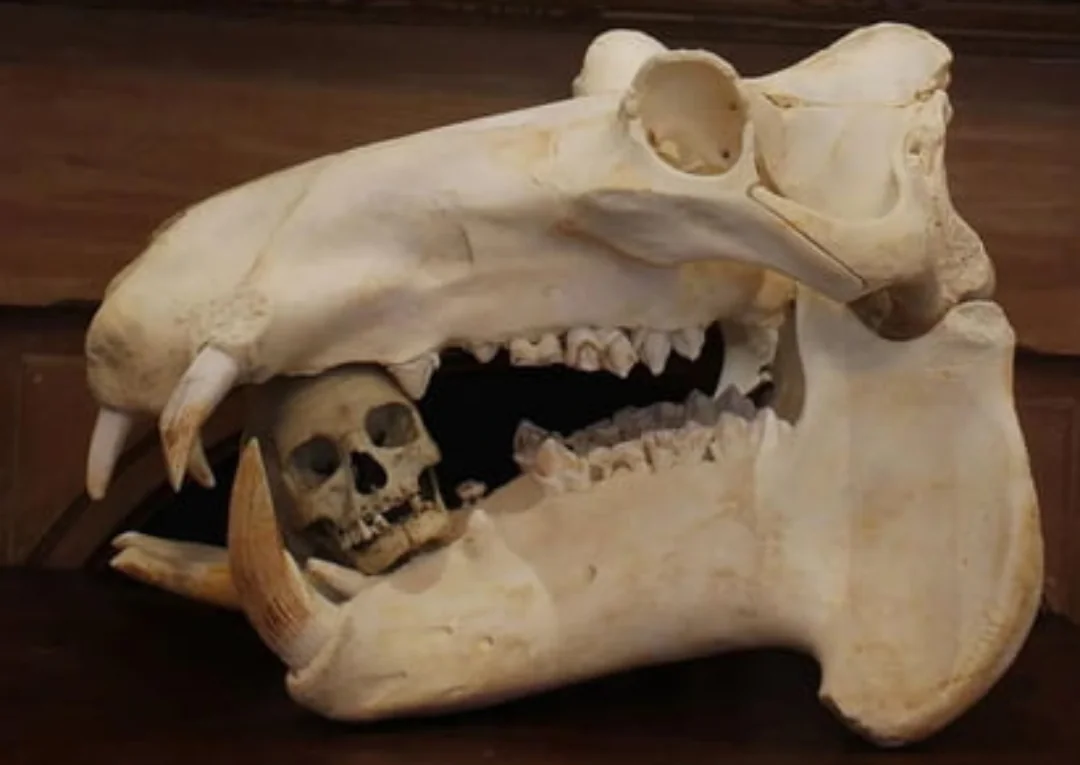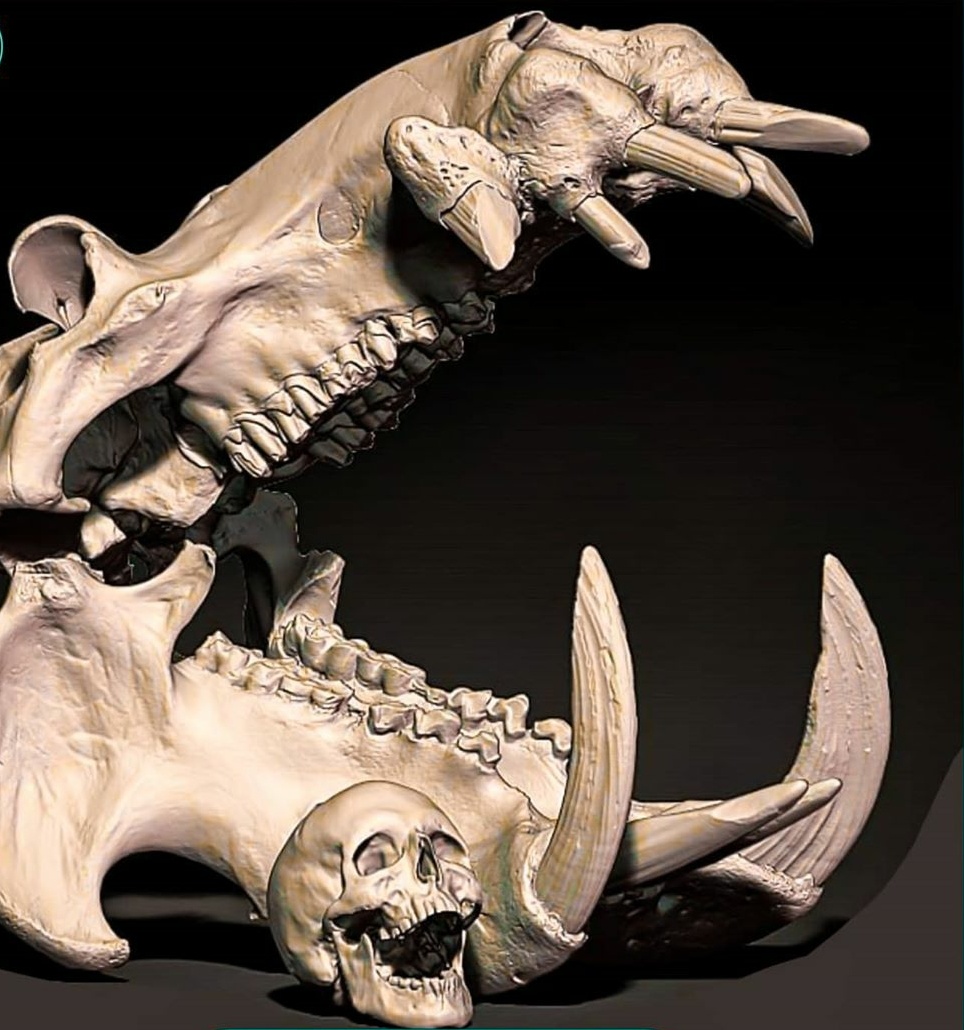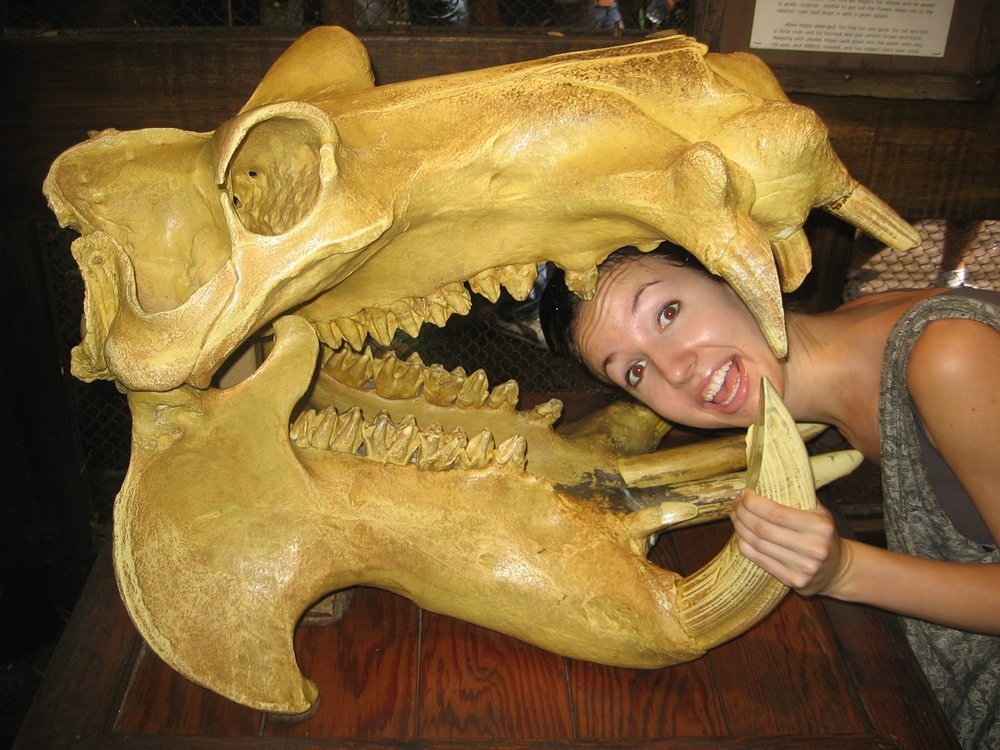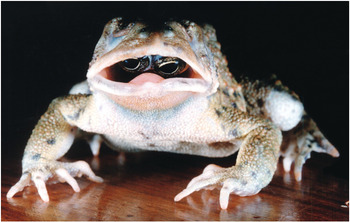The common hippopotamus (Hippopotamus amphibius) stands as one of nature’s most formidable mammals, and nowhere is this more evident than in its skull structure. When placed alongside a human skull, the hippopotamus cranium reveals not just a difference in scale, but a fascinating study in evolutionary adaptation, biomechanics, and the relationship between form and function in mammalian anatomy.
The most immediately striking difference between hippopotamus and human skulls is their sheer size disparity. An adult hippo skull can measure up to three feet in length and weigh over 100 pounds, dwarfing the human skull, which typically measures about 8-9 inches and weighs only 2-3 pounds. This remarkable difference reflects the overall size difference between the species—with adult hippos weighing up to 9,900 pounds, compared to humans averaging around 150-200 pounds.
The hippo’s skull accounts for a significant portion of its massive head, which itself can represent nearly one-third of the animal’s total body weight. This disproportionate size serves critical functions in the semi-aquatic lifestyle of the hippopotamus, allowing it to keep its sensory organs—eyes, ears, and nostrils—above water while the rest of its body remains submerged.
Perhaps the most dramatic difference between hippo and human skulls lies in their dental structures. The hippopotamus possesses enormous canine teeth (tusks) that can grow up to 20 inches long and weigh several pounds each. These massive ivory structures serve as weapons for defense and dominance displays rather than for feeding. In contrast, human canines are relatively small and functionally similar to our other teeth.
The hippo’s incisors are also significantly larger than human incisors, with the lower incisors projecting forward almost horizontally. This adaptation allows hippos to crop vegetation efficiently while their bodies remain in water. Human incisors, by comparison, are relatively small and vertically oriented, aligned with our omnivorous diet and food processing requirements.
The hippopotamus jaw is a marvel of evolutionary engineering. Its massive mandible houses not only the impressive tusks but also powerful muscles that can generate bite forces exceeding 1,800 pounds per square inch—among the strongest of any land mammal. This extraordinary force allows hippos to crush thick plant stems and, when necessary, defend themselves against predators.
The human jaw, while impressive in its versatility, generates only about 150-200 pounds per square inch of bite force. Our jaw structure reflects our omnivorous diet and the fact that we process much of our food through cooking and tool use before consumption, reducing the need for extreme bite forces.
The hippopotamus skull features distinctive adaptations for semi-aquatic life. Its eyes, ears, and nostrils are positioned high on the skull, creating a “periscope” effect that allows the animal to remain almost completely submerged while maintaining sensory awareness above the water’s surface. The orbital sockets are raised and positioned toward the top of the skull, unlike the forward-facing eye sockets of humans.
Human skulls, by contrast, exemplify primate evolution with forward-facing eye sockets providing binocular vision—a crucial adaptation for depth perception and hand-eye coordination. Our relatively large cranial cavity houses a brain that averages about 1,300 cubic centimeters in volume, vastly larger proportionally than the hippo’s brain relative to body size.
The dramatic differences between hippo and human skulls highlight the diverse evolutionary paths of mammals. The hippopotamus skull represents specialization for a semi-aquatic herbivorous lifestyle, featuring adaptations for efficient vegetation consumption and predator defense. Its massive size and strength reflect natural selection pressures for intraspecific competition and predator deterrence.
The human skull, meanwhile, embodies our evolutionary history as tool-using, social primates with high cognitive abilities. Our cranial structure sacrifices raw power for neural capacity and sensory precision, with a flatter face and reduced jaw musculature creating space for our enlarged brain.
Comparative studies between hippo and human skulls have valuable applications in fields ranging from evolutionary biology to biomedical engineering. Understanding the structural properties of hippo bone and dental tissues provides insights into natural materials science. The hippo’s ability to generate enormous bite forces through its jaw structure offers biomechanical principles that engineers can adapt for various applications.
For paleontologists and anthropologists, these comparisons provide context for understanding the evolutionary history of mammals, including human ancestors. They help scientists trace the development of cranial features through time and across species, illuminating the complex interplay between environment, diet, social structure, and anatomy.
In this dramatic contrast between two mammalian skulls—one massive and specialized for aquatic herbivory, the other refined for cognitive function and precise manipulation—we find a compelling illustration of evolution’s creative power and the remarkable diversity of solutions to life’s challenges.







